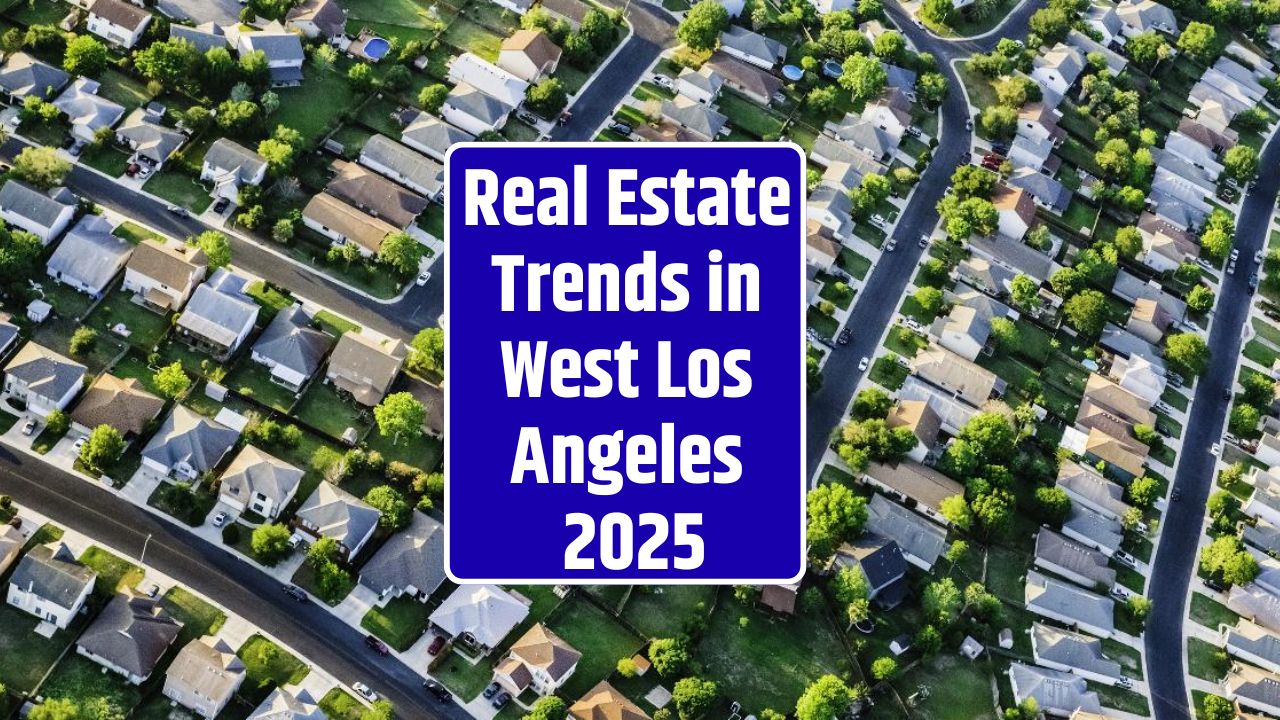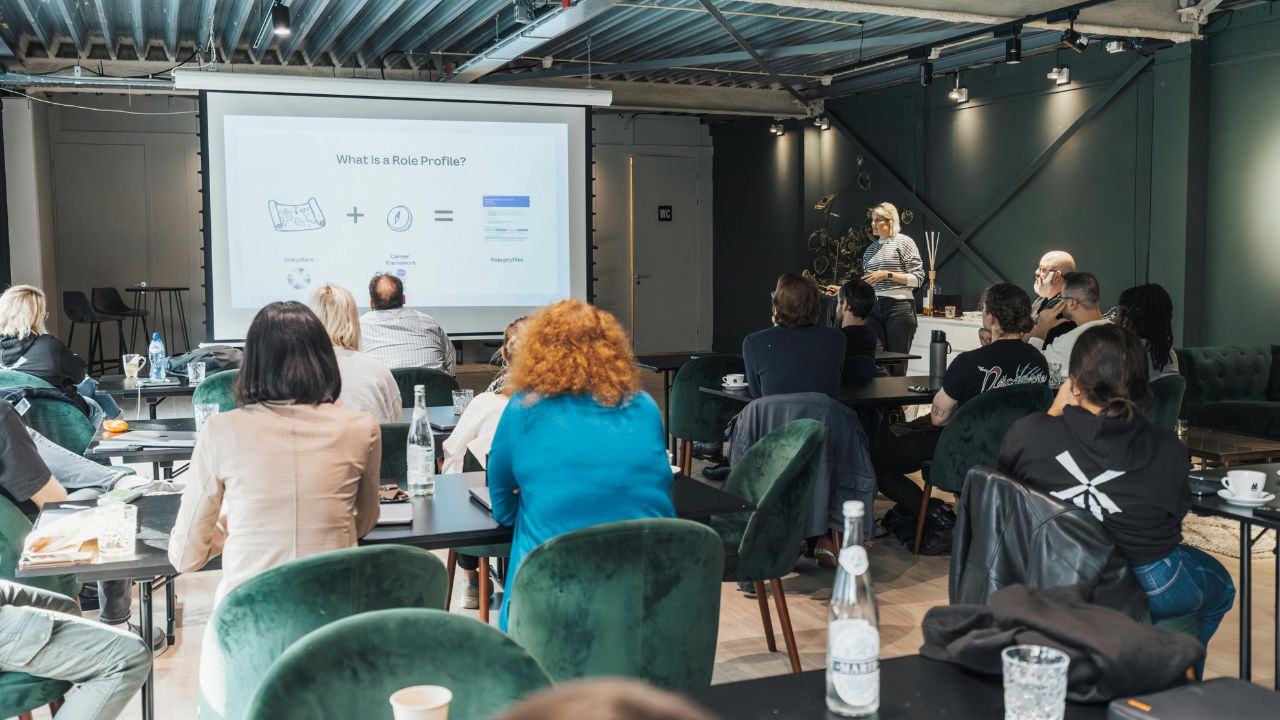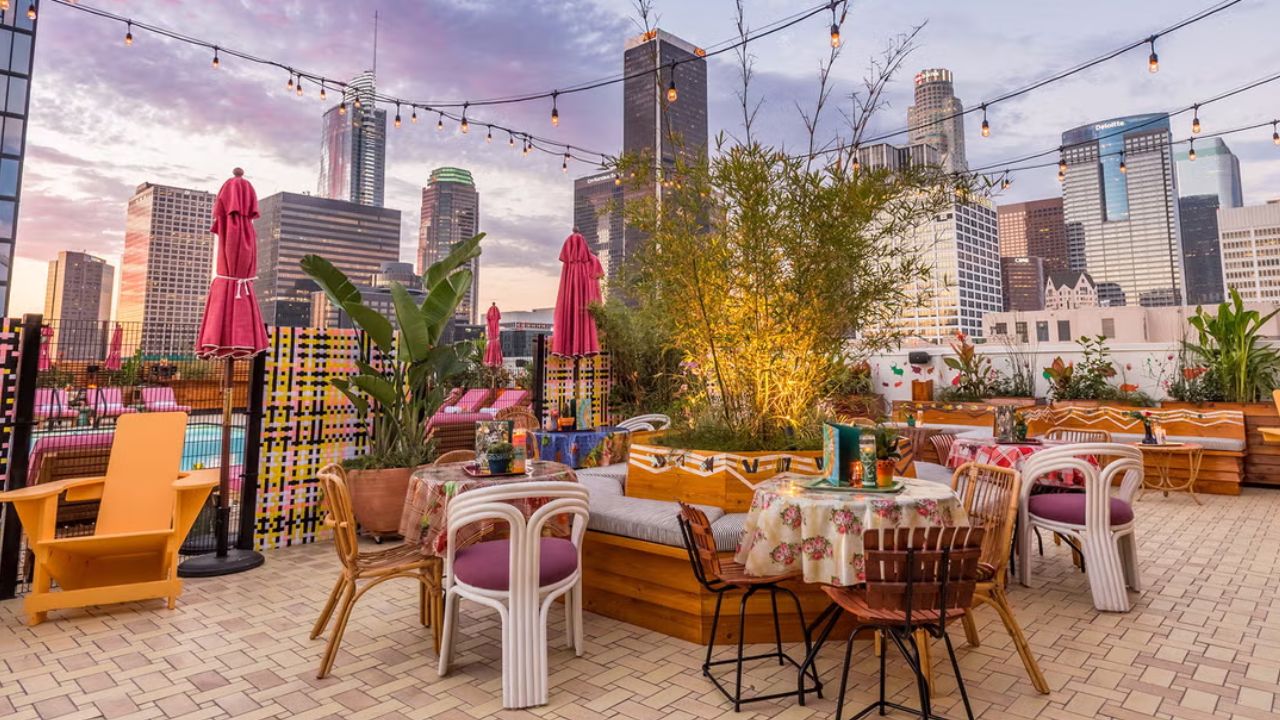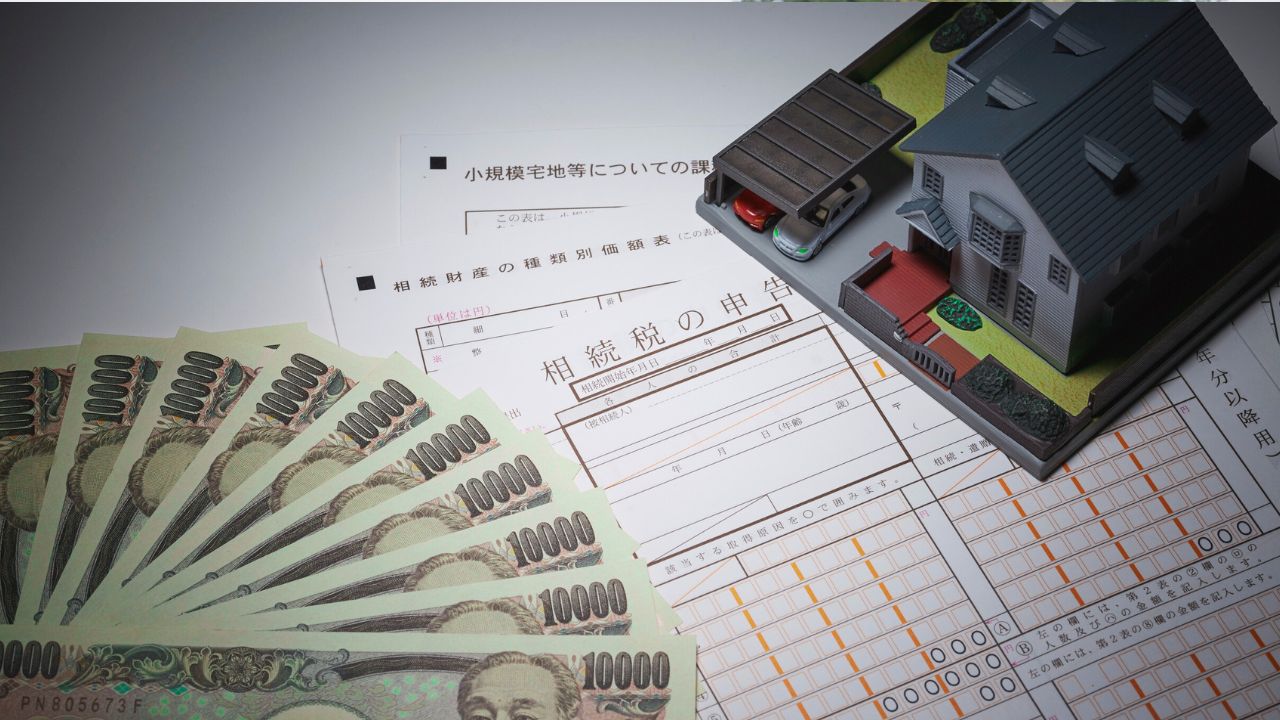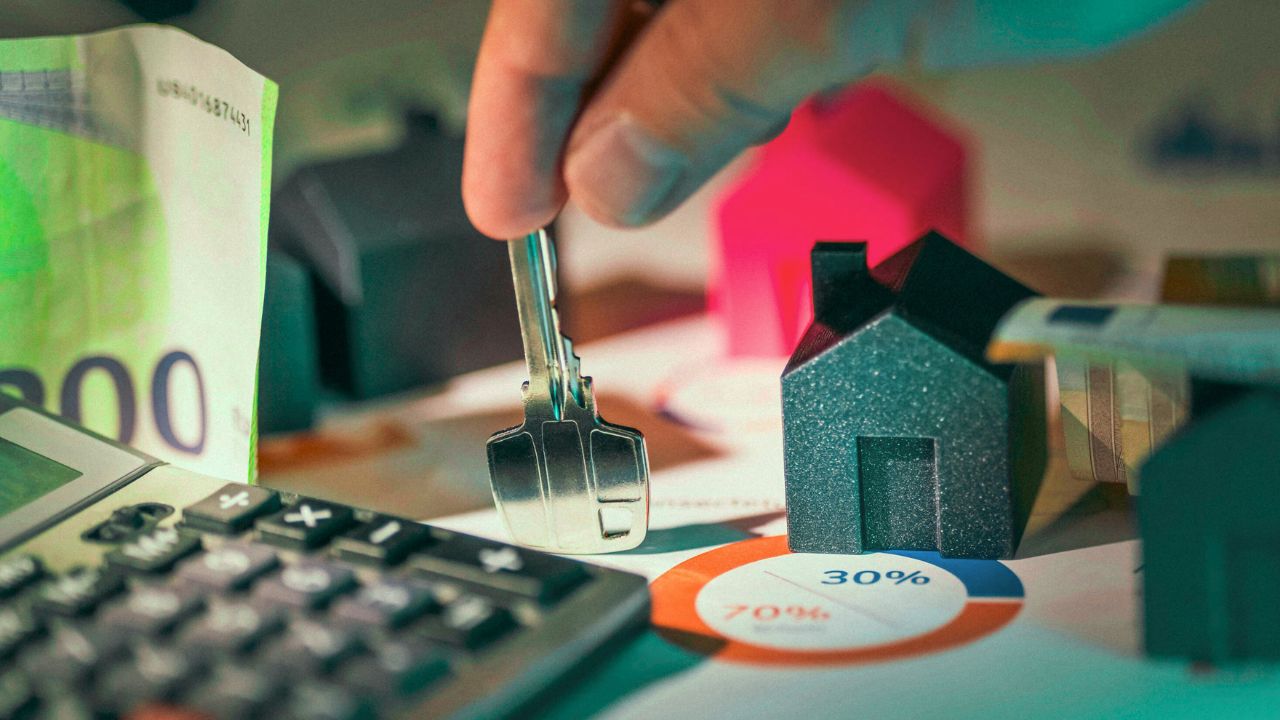If you’ve driven through West Los Angeles lately—past the cranes hovering over Wilshire Boulevard or the fresh condo builds in Sawtelle—you can feel it: the market’s shifting again. 2025 has turned out to be a defining year for West LA real estate, one that blends recovery, recalibration, and a new sense of realism after three chaotic years of economic whiplash.
Prices are holding, but the game’s changed. Buyers are more cautious, sellers more patient, and developers are finally admitting that affordability isn’t just a buzzword—it’s the new currency of growth.
The Cooling That Wasn’t Quite a Crash
After record-high mortgage rates in 2023 and a mild correction in 2024, many expected West LA’s market to tank. It didn’t. Instead, it leveled off.
According to data from the California Association of Realtors, the median home price in West LA now hovers around $1.42 million, down about 3% year-over-year—a soft landing compared to the freefall some feared. Inventory has ticked up slightly, giving buyers room to negotiate, but demand remains stubbornly strong in neighborhoods like Brentwood, Palms, and Santa Monica.
The reason? Cash buyers and hybrid-remote professionals are keeping the market afloat. “Everyone expected a bigger drop,” says real estate agent Maribel Estrada from Keller Williams Westside. “But LA never truly ‘crashes’—it pauses, repositions, and then rebrands itself.”
Renters Regaining Power—Sort Of
If you’re a renter, there’s a glimmer of relief. Average rental prices in West LA dipped 2–4% compared to late 2024, driven by an influx of new multi-family units and luxury-to-market conversions.
According to the LA Housing Department, roughly 5,800 new units are being added across West LA between 2024 and 2026, many concentrated in Westwood, Playa Vista, and Sawtelle Japantown.
Still, rent isn’t “cheap.” A one-bedroom averages $2,950/month, and anything under $2,500 is a small miracle. But the power dynamic is shifting. With more options and more landlord incentives (free parking, one-month rent discounts, or gym memberships), renters are finally negotiating again.
Developers Bet on Density
Density has become the buzzword of 2025. Fueled by California’s SB 9 and SB 10 housing laws, developers are embracing multi-unit and mixed-use projects that blend housing with community spaces.
Santa Monica’s new “Wilshire Gateway Project,” for example, will add over 400 units with retail and coworking space by 2026. Meanwhile, Westwood and Century City are leading the “vertical living” push—think residential towers built around wellness and tech amenities like rooftop gardens and EV charging pods.
Even once-suburban neighborhoods like Mar Vista are seeing small-lot developments and accessory dwelling units (ADUs) reshape the streetscape. “Homeowners are turning garages into gold,” says architect Jason Lu. “ADUs are now part of LA’s affordability strategy—and they’re everywhere.”
The Luxury Slowdown
West LA’s high-end market—Beverly Hills-adjacent mansions, ocean-view penthouses, and multi-million-dollar new builds—has cooled noticeably. Cash still flows, but buyers are more selective, favoring smaller footprints and eco-efficiency over mega-estates.
According to Compass Real Estate, homes above $5 million are sitting on the market an average of 72 days, up from just 41 in 2022. International interest, particularly from Asia, has softened due to stricter foreign investment rules and global market volatility.
Luxury developers are adapting: building fewer “trophy homes,” focusing instead on boutique townhomes and green-certified properties. Sustainability isn’t a side feature anymore—it’s a selling point.
Commercial Real Estate: A Hybrid Hangover
Office space in West LA remains a mixed bag. Vacancy rates hover around 25–28%, especially in corridors like Century City and Westwood Village, where remote work continues to bite.
But retail and hospitality? They’re roaring back. Culver City’s Hayden Tract and Santa Monica’s Third Street Promenade are seeing a revival, thanks to experiential retail—think fitness clubs, boutique co-working lounges, and lifestyle cafes that double as offices.
One surprising twist: older office buildings are being converted into live-work spaces, supported by incentives from the Los Angeles Department of City Planning. Expect to see more of that adaptive reuse throughout 2026.
Interest Rates, Inflation, and the Buyer Mindset
Mortgage rates are finally inching down, hovering near 5.6% as of fall 2025, after peaking above 7% the year prior. That’s bringing sidelined buyers back—but they’re cautious, armed with calculators and longer timelines.
The state’s inflation rate remains manageable (3.1%), but household budgets are stretched. Many buyers are prioritizing energy-efficient homes, walkability, and low HOA fees over flashy finishes.
“It’s not about luxury anymore,” says Century 21 agent Carlos Nguyen. “It’s about lifestyle optimization—how close you are to the beach, transit, or good schools. That’s the new status symbol.”
Neighborhoods to Watch
| Neighborhood | 2025 Trend | Median Home Price | Vibe |
|---|---|---|---|
| Palms | Rapid condo growth | $975K | Urban revival, affordable entry point |
| Sawtelle Japantown | Rising food & culture hub | $1.25M | Trendy, walkable, youthful |
| Brentwood | Luxury cool-down | $2.4M | Family-friendly, quiet |
| Culver City | Tech-meets-suburbia | $1.35M | Booming creative corridor |
| Santa Monica | Inventory recovery | $1.9M | Coastal, sustainable, high demand |
| Westwood | Mixed-use surge | $1.6M | Student-professional hybrid zone |
Policy Push: The Affordability Agenda
The City of Los Angeles is doubling down on housing affordability. In 2025, the city council approved new incentives for developers building below-market-rate units in West LA, along with tax breaks for retrofitting existing structures into multi-family homes.
Meanwhile, California’s Middle-Class Housing Act—enacted in early 2025—is funding low-interest construction loans for “missing middle” housing, like duplexes and fourplexes in single-family zones.
For first-time buyers, expanded CalHFA down-payment assistance programs now offer up to $150,000 in forgivable loans, making ownership slightly less of a fantasy. Details are available on the California Housing Finance Agency site.
The 2025 Real Estate Sentiment
If 2024 was a reset, 2025 is a recalibration. West LA’s market isn’t manic anymore—it’s measured. Buyers and sellers are meeting in the middle, developers are rethinking scale, and the next wave of homeowners isn’t chasing luxury—they’re chasing longevity.
The mood, in short? Cautious optimism with a side of realism. Los Angeles, ever the reinvention capital, is once again finding a way to make the market work for those willing to adapt.
FAQs:
Is it a good time to buy in West LA?
Yes—stabilized prices and moderate interest rates make late 2025 favorable for long-term buyers.
Are home prices dropping further?
Unlikely. Most analysts expect mild appreciation (2–3%) in 2026 as rates continue easing.
Which neighborhoods offer the best value?
Palms, Mar Vista, and Culver City remain top picks for affordability and growth potential.
